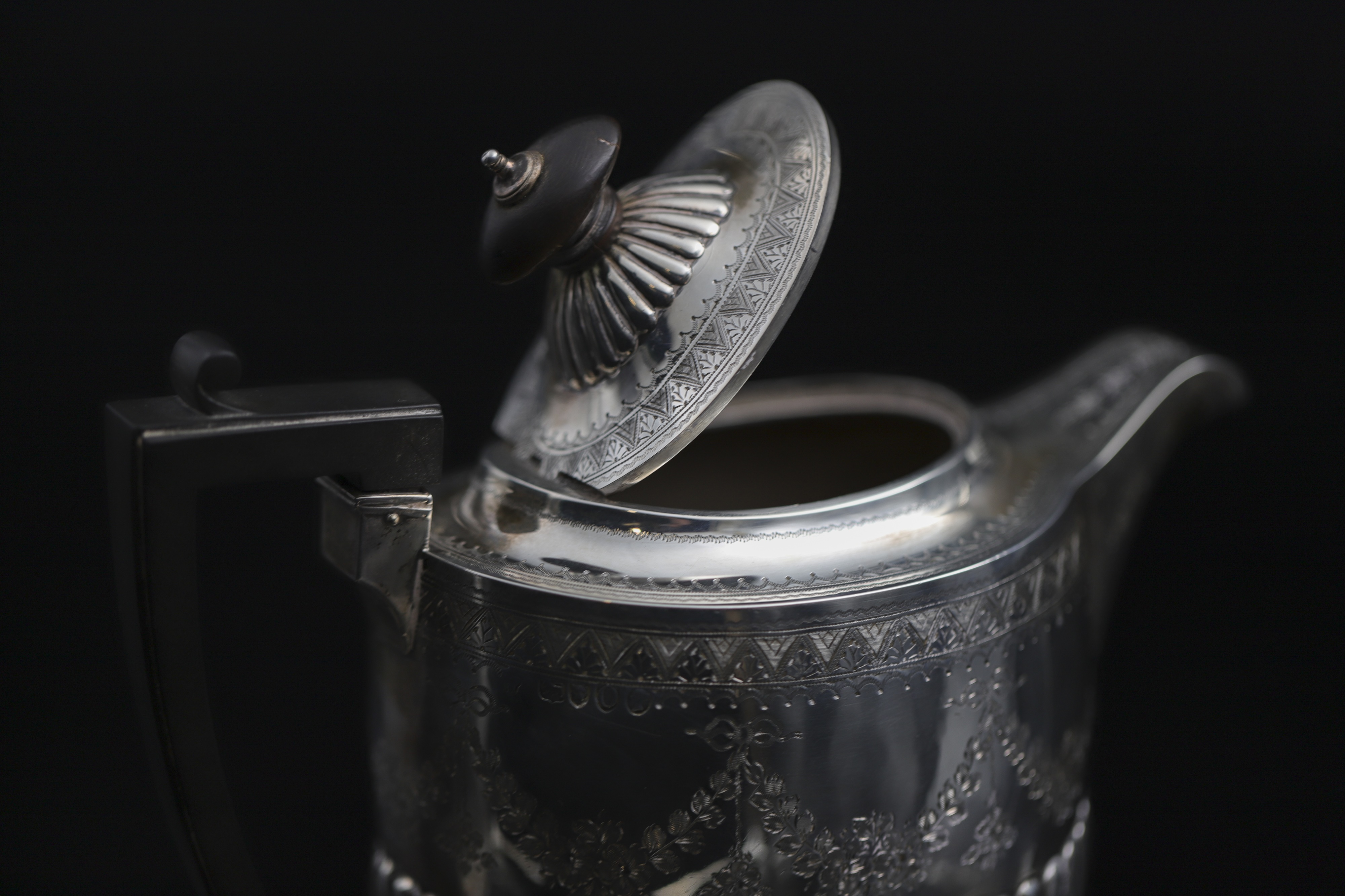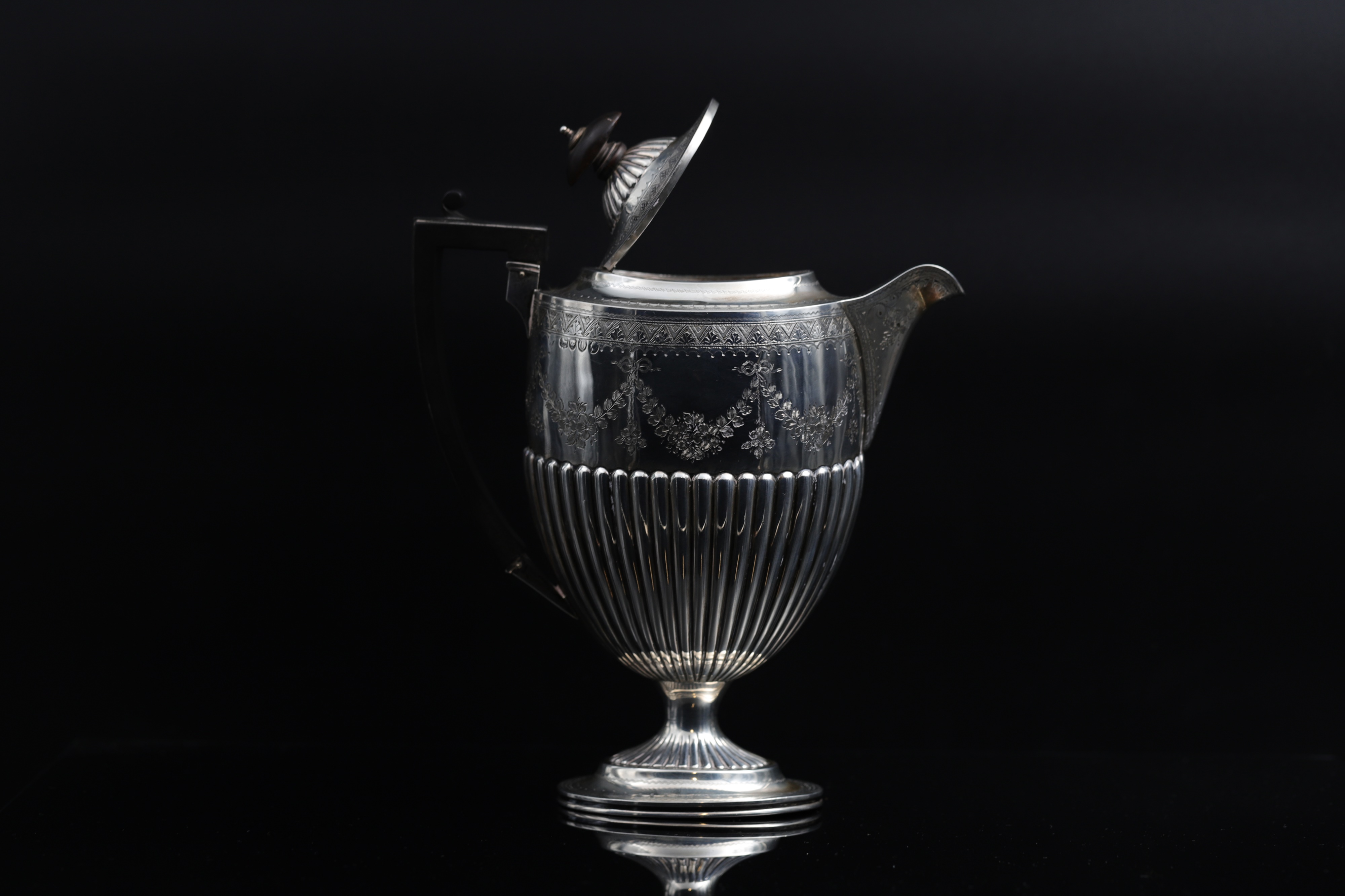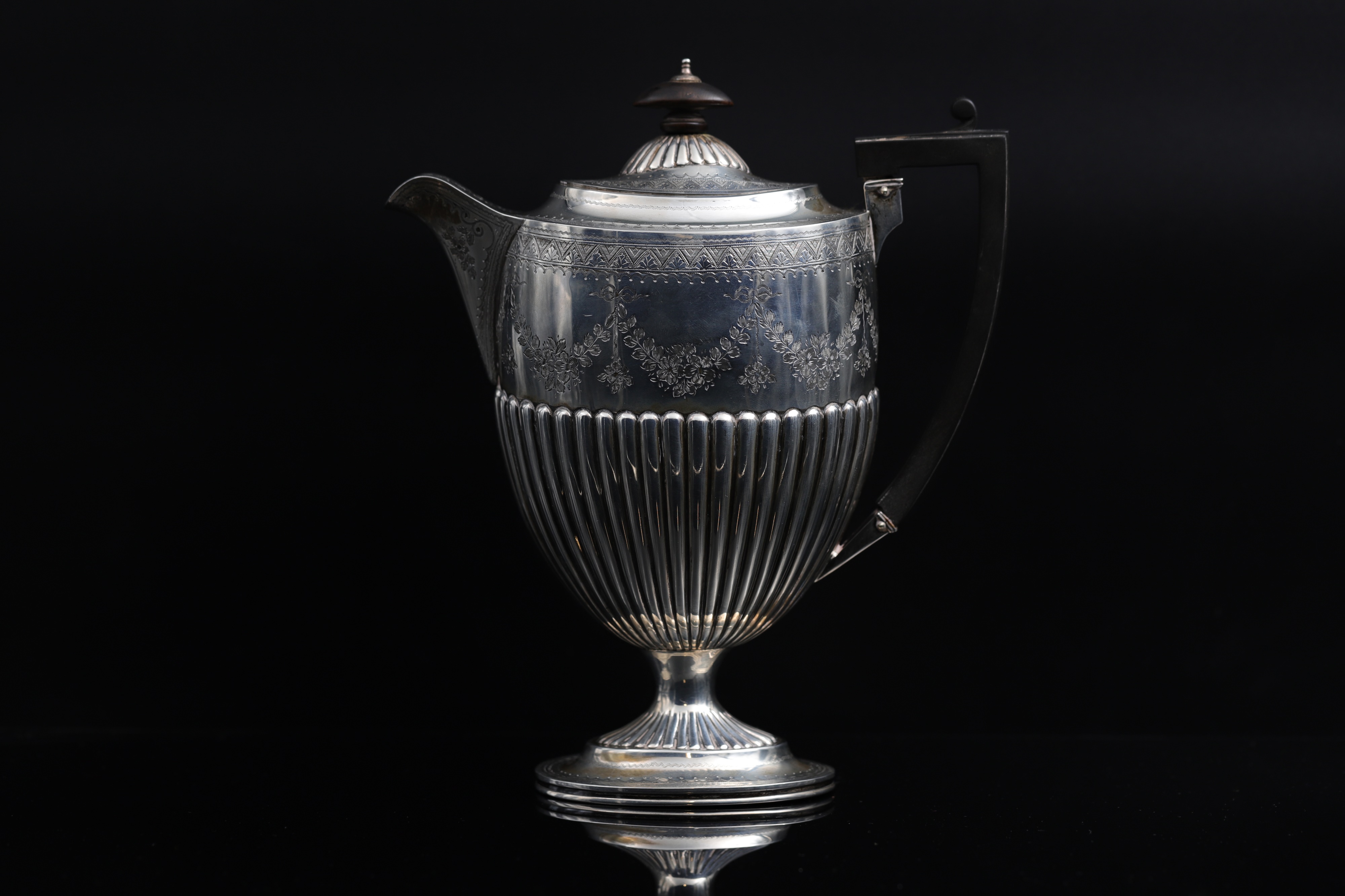Silver : Neoclassicism and Revival Styles
14/09/2022 General News, Silver
The Neoclassical era marked a return to order after the wild and frivolous Rococo and Baroque periods. Society had shifted and so too had the political state of Europe, the onset of the industrial revolution paired with an unparalleled growth of middle-class prosperity signalled a new era of modernity. Lasting from about the 1760’s to 1830’s the Neoclassical era and style was heavily influenced by important archaeological findings across the European continent at the time. Classical structures of old Roman and Greek cities were being uncovered sparking contemporary interest in antiquarianism and national heritage. The Grand tour – a popular tour around ancient ruins and sites of historical significance in Italy- also played a big part in this new movement within architecture, art, and the decorative arts.

The neoclassical style is essentially a revival of the classical motifs and forms of ancient Rome and Greece. For this reason, it is most highly represented through architectural forms. Columns, porticos, Greek key patterns and dental bands are among the primary motifs we see throughout this period. Clarity of form, balance, space, and lightly applied decoration are all features of a neoclassical design on silverware during the late 18th and early 19th centuries. During the latter half of the 19th century, we see revival styles cropping up. These include the neoclassical revival style, amongst others such as the Gothic and the Rococo revival styles. Pieces of silver from this period are identified by their slightly busier decoration, which takes its primary influence from motifs and patterns of a certain style and then adorns them further, adding a Victorian touch.
Lot 515 in our September 2022 auction is a Victorian silver engraved coffee pot, of neoclassical form. It is approximately 24cm high and weighs 506 grams and was made in London 1889, making it a revival piece. It is a fine example of the type of decoration which dominated the neoclassical style with the addition of Victorian embellishment.
It stands on an oval foot which presents a triangular and dotted device. At the top of the foot, we see the beginning of a fluted or gadrooned design which continues up the belly of the coffee pot mid-way. The top of the vessel displays a commonly seen motif of a floral festoon. It is an elegant piece which is complimented by more triangular patterns not to dissimilar from those we would find on the pediments of classical buildings. The lid of the coffee pot once again repeats the same fluted decoration seen on the foot and belly and gives a sense of balance in repetition. The handle, thumbpiece and finial are made of ebon wood, an extremely tough wood which does not conduct heat, allowing the coffee pot to be picked up without burning your hands.
Today the use of silver in our homes has almost all but vanished. It is more commonly bought by collectors, or those who have an interest in displaying it in their homes. Silver of particularly high quality in terms of its appearance and/or craftmanship should have visible hallmarks which certify that it is silver and not just silver plate. Please get in contact with us for a valuation of your silver. For more information on silver and selling at auction please see our department page on our website.


